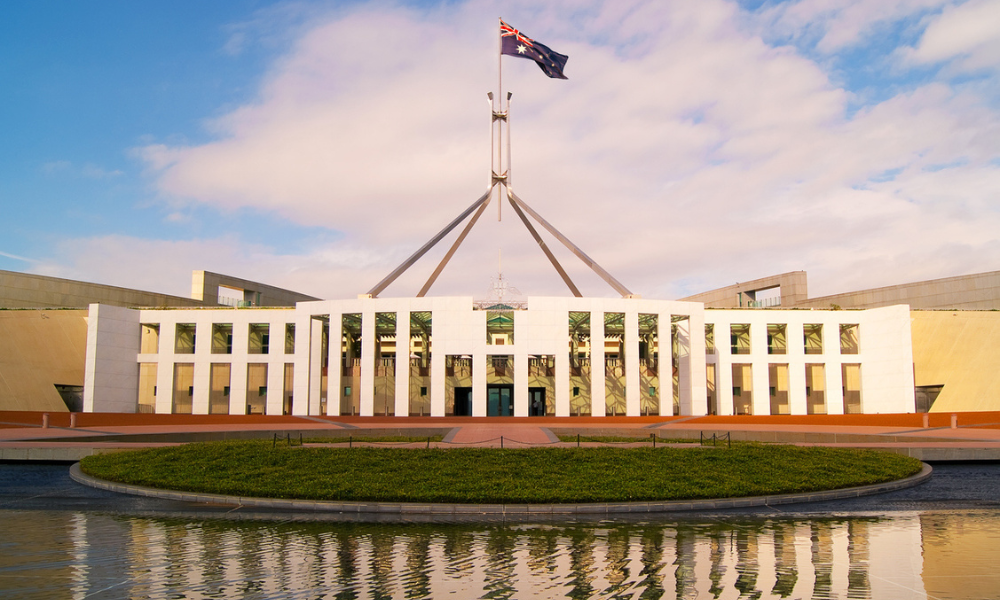WHILE THE ageing of the workforce is no longer news for most HR professionals, the challenges it presents are increasing as companies are either taking more of a reactive approach to the issue, putting it on the backburner altogether, or focusing exclusively on the recruitment of younger workers
WHILE THE ageing of the workforce is no longer news for most HR professionals, the challenges it presents are increasing as companies are either taking more of a reactive approach to the issue, putting it on the backburner altogether, or focusing exclusively on the recruitment of younger workers.
Workforce participation rates for men over the age of 45 in Australia are low compared to other OECD countries, according to Louise Rolland, principal of Ernst & Young’s people advisory team.
However, for the first time in 30 years, there has been an upward trend in the participation of men in the 55–64 age group. The tightening of the labour market has led to older men being in the workforce for a longer period, while there has also been an increase in the participation of women in part-time and casual roles in the over-50 age group.
Bryan Teisserie, manager of strategic personnel planning for the Australian Defence Force (ADF), said that baby boomers are generally the most affluent generation in industrialised history, which means that they have choices not available to their preceding generations.
“Trends suggest that it is becoming more a case of ‘what’s in it for me to keep working’ for boomers, a major departure from years gone by,” he said.
While a few organisations have responded positively to the ageing of the workforce, many are putting it on the backburner.
“The whole ageing of the workforce is a bit ho-hum for HR now, but when we look at organisational practice we’re not seeing it transforming in the way that it needs to in order to accommodate the very different demographic profile that is now being experienced,” Rolland said.
While organisations are much better placed to adjust their organisational settings to be competitive and attract and retain young people, Rolland said they need to understand exactly what the value proposition is for people at various stages across their working life.
“This is the only way organisations are going to maximise the opportunity of attracting and retaining people in the faster growing labour pools, including women returning to work and people aged 45 years and over.”
Robert Critchley, director of Worklife International, said this is the main challenge for organisations in dealing with the needs of mature age workers.
“Unfortunately, many employers in Australiaremain with their heads in the sand,” he said. The ultimate challenge is in getting the boards of directors and senior management to recognise the demographic changes that are occurring, the continuing skills shortage, and that only astute and forward-thinking employers will be successful, Critchley said.
Australia also seems to be lagging in terms of the kind of initiatives for recruiting mature age workers, Rolland said.
“We know that if organisations are going to effectively attract and retain people, up to ten factors can influence people in older age groups. But if you are only working on one or two of those areas, then you are unlikely to be getting the results you are looking for,” she said.
Teisserie, who spoke at a recent ageing workforce conference in Sydney, said the ADF had given itself a potentially larger pool for recruiting candidates as well as retaining the skills and experience of mature age workers.
The ADF is in a slightly different situation from most organisations, in that being a mature worker is largely irrelevant, Teisserie said. All ADF members have regular health and physical fitness tests and, provided the necessary standards are met, there is no issue with continued military service, irrespective of age.
The only real question is whether a person is capable of doing the job, regardless of their age, he said. “This has been achieved at the ADF by recognising that age is no longer a good predictor of a person’s ability to contribute effectively.”
HR has a very important role to play in mapping the demographic influences within their organisations and in challenging stereotypes that limit people’s productive deployment in later working life, Rolland said.
Working with mature age workers
• Undertake a skills audit to assess the demographics of the organisation’s workforce and help determine which staff members may potentially leave over the next five years. What strategies do you have to replace them?
• Undertake a staff climate survey to assess the views of current staff, and get clues on how employment strategies may need to be amended to retain them longer.
• Ensure you understand the labour situation in your own area and where there are likely to be any skills shortages in your workforce.
• Ongoing skills development can help retain productivity through this longer working period
• Create an environment to ensure employees enjoy coming to work on Monday mornings.
• Have the HR Manager give the CEO a copy of Doing Nothing is not an Option! Facing the imminent labor crisis. This book spells out the business case for addressing the needs of mature workers.
Source: Robert Critchley, director of Worklife International








